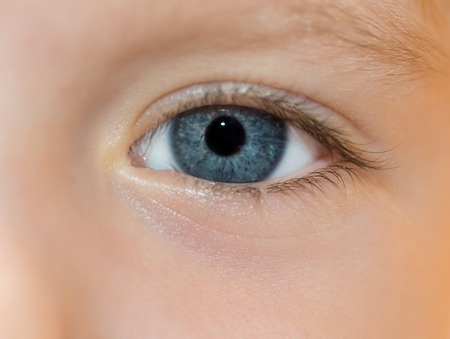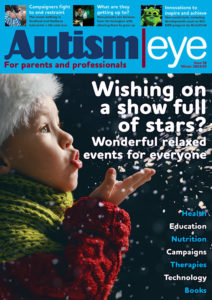A commonly used penlight eye test could help doctors to detect autism in young children, according to a new study.
 Researchers at Washington State University say that the simple eye exam may assist in predicting a diagnosis of autism earlier than is currently possible.
Researchers at Washington State University say that the simple eye exam may assist in predicting a diagnosis of autism earlier than is currently possible.
Lead investigator Georgina Lynch, an assistant clinical professor of speech-language pathology, and her colleagues measured pupil reflexes in children when a light was shone into each eye for four seconds. They found that in 70 per cent of the tests, the pupils of children with autism took significantly longer to constrict.
The researchers worked with 24 children and teenagers between the ages of 10 and 17. Half of them were typically developing, while half had been diagnosed with high-functioning autism.
Despite the lack of very young children being involved in the study, the researchers said that once their findings were validated by larger studies the pupil reflex test could be routinely used early in every child’s life to screen for autism.
At present, an assessment for autism cannot be confirmed until a child reaches the ages of two or three, when autism symptoms become stable. In the absence of a simple medical test for autism, the condition is diagnosed by specially trained physicians and psychologists. The process involves evaluating a child’s difficulties with social interaction and communication, as well as a tendency to engage in repetitive behaviours.
Eye test may lead to early treatments
The new research suggests that the simple eye examination could be an accurate physiological measurement of autism. An earlier diagnosis than is currently available would open up the possibility that very young children could receive special therapy that might make the difference between them growing up with severe disability or high-functioning ability.
The search for a medical test for autism has been bolstered by the discovery, using the latest imaging technology, of differences between the brains of individuals diagnosed with autism and those considered to be neurotypical.
One of the differences indicated by such brain scans is in cerebrospinal fluid pressure, with increased pressure being symptomatic of autism. Professor Lynch and her colleagues chose the pupil dilation test because it is an easy way of identifying increased cerebrospinal fluid pressure.
As well as carrying out their eye test, the researchers measured cranial nerves and ocular motility for evidence of neural misfiring occurring in the brainstem. Professor Lynch said that such an abnormality could help to explain why some children with autism find it difficult to make eye contact or are very sensitive to bright lights.
Professor Lynch and her colleagues presented their study, Facial Response to Visual Stimuli: Using Pupil Response As an Indicator for Phenotype in ASD, at the International Meeting for Autism Research in Salt Lake City, Utah.
Published: 17 October 2015

















